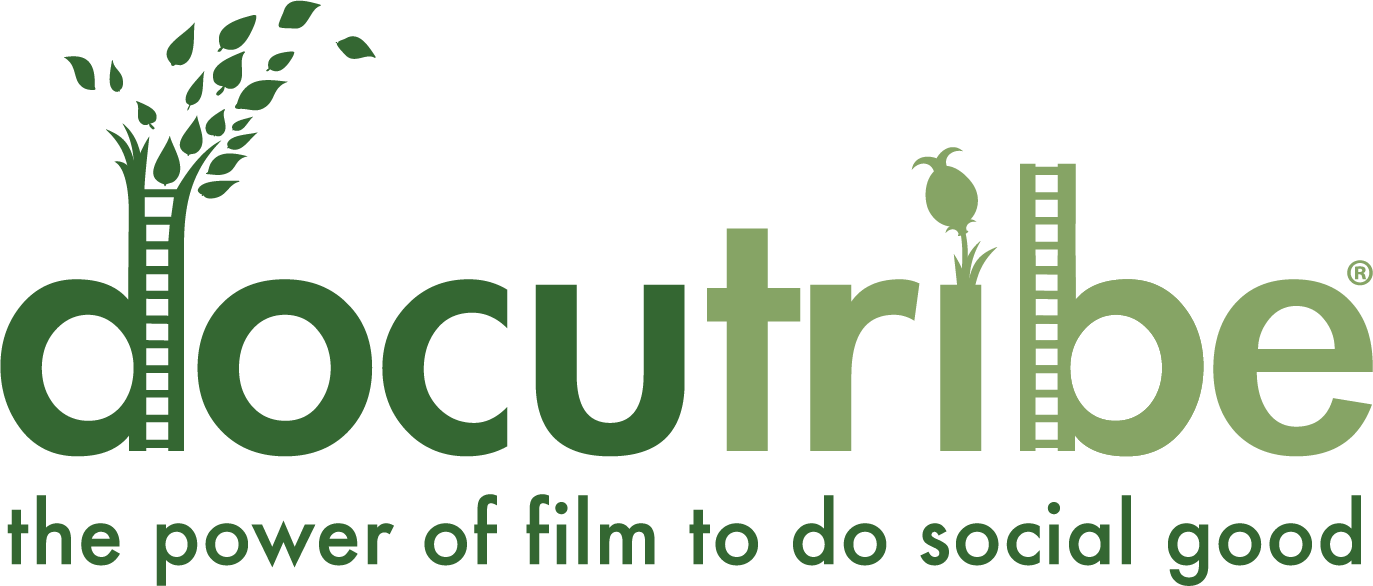Story of Place: Empowering Communities through Filmmaking
Summary
Story of Place uses filmmaking to empower local communities and their leadership to ignite community transformation.
Theory of Change
Through the act of envisioning and producing a story, a community can come together, identify and raise its voices, unify, and distinguish its values and motives to begin to solve its challenges. This process—creating and documenting a story about empowering change for good—forms the main building block for Story of Place.
Stories drive us and define us. We learn about ourselves by telling stories and figuring out how we fit in. Our stories evolve as much as we evolve. Good storytelling can become more than entertainment: it becomes identity-defining. It has the power to shift and shape our future.
Community storytelling has the power to be transformative. Stories can engage a community to identify shared challenges and envision shared solutions. The act of bringing a story to life creates the spark needed for transformation.
At the community level, stories are layered. Who’s telling it? Who’s left out? Are there protagonists? What are the shared challenges or problems among a group of people who may not speak with a unified voice? If we cannot identify a shared challenge, it is impossible to consider a shared solution.
Story of Place is an initiative that puts the power of filmmaking back into the hands of the community and its leaders. We seek to train community members in filmmaking and help create their film. We aim to better understand what moves people to action. This is storytelling in authentic hands, designed to support policies and mobilize solutions.
Origins
Story of Place grew out of a 2018-2019 thesis project at the Ash Center for Democracy and Social Innovation at Harvard Kennedy School. Since then, there have been three iterations that prove our Theory of Change.
Story of Old Town: A Video Essay on Community Identity (April 2019). 17 minutes.
Summary: Overseen by filmmaker Cecily Tyler and academic Jorrit de Jong, the film uses the Public Narrative model to look at economic recovery in a small community on an island in the middle of the Penobscot River in rural Maine.
Story of Ipswich: Community and Resiliency on the North Shore (June 2021). 10 minutes.
Summary: Funded by the Massachusetts Office of Coastal Zone Management, the film again uses Public Narrative to look at the impacts of climate change. Released by Ipswich River Watershed Association, a nonprofit working to protect an endangered river and its people.
Story of Igiugig: Native Sovereignty in Alaska, (November 2021). 6 minutes.
Summary: Learn about one Alaska Native village and its efforts to regain stewardship over traditional lands, tapping into three years of never-before-seen footage shot by Native filmmakers. Part of a course at Harvard Kennedy School that supports Native sovereignty.
La Calidad del Agua en Las Curias (Water Quality in Las Curias, Puerto Rico) (March 2023)1:23 minutes
In Puerto Rico, community leaders and universities are coming together to improve water quality in the Las Curias community in San Juan. Filmed on location in Las Curias and in Caguas, Puerto Rico, and the Center of Excellence in Syracuse, New York. Narrated by Dr. Kaira Fuentes, Syracuse University Environmental Finance Center.
The film will premiere at the first World Water Film Fest during the New York Water Week, which coincides with the UN Water Conference. It will be screened both online and in person at the Columbia Climate School, as part of a block of films looking at water issues from across Latin America. For more information and tickets, visit www.worldwaterff.org.
Directed by Patrick J. Lynch.





